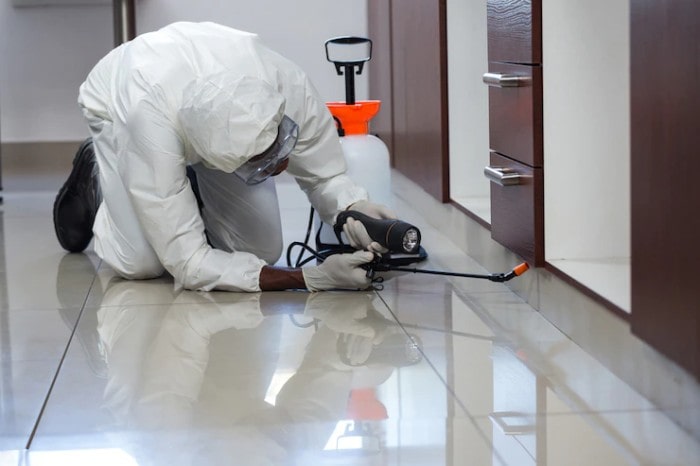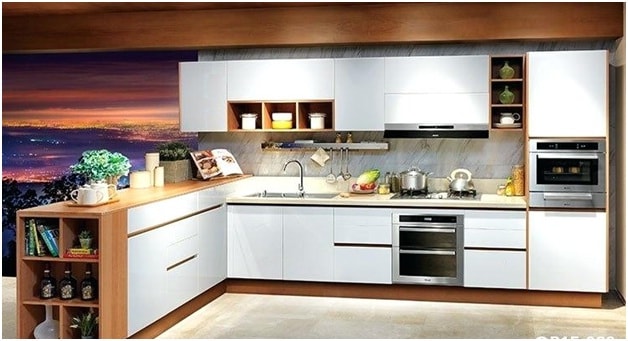Termites are small and try not to be seen by humans. This is partly because humans are much larger than termites and also because they prefer to move around in the dark. However, just because you can’t see them doesn’t mean they are not there. They can do a significant amount of damage to your home.
For example, the average termite colony can eat 6 inches of 2×4 wood in just 5 months. That could make a structural difference to your home. If you think you have termites then contact the professionals to have your home checked and the problem eliminated. You can check them out here.
It should be noted that when you glance at a termite it can look very similar to an ant. You need to be able to identify when you have termites and the easiest way to do this is to recognize the signs of their presence.
- Mud Tubes
Termites will often live under your home. This gives them easy access to the wood in your house. At the same time, they will be able to move through soil whenever they want. This is important as it keeps them moist and they need to be moist to survive.
The result is that termites build mud tunnels which connect their nest site to the outside world. The mud tunnels will be obvious around the sides of your home. Naturally, they are created in the soil.
Simply take a lookat where the mud touches against your house walls. If you see lots of small holes then you are probably looking at termite mud tunnels.
The easiest way to check is to cover some of the tunnels and see if they reappear the next day. That tells you the termites are still active.
- Damaged Wood & Paint
Termites eat wood. They actually move through the wood while eating it. This results in small holes in the wood where they have entered and exited. Alongside this, the pressure of them moving through the wood can cause it to swell, giving you warped wood and, any paint on the wood, is likely to start blistering.
If the termites have been busy for a while then the wood is likely to be weakened. You may be able to plunge a screwdriver almost effortlessly into the wood, telling you it has been structurally damaged.
- Wings
When termites leave one colony to search for a mate and start another, they have wings. As soon as they find a mate they shed their wings. If you notice a collection of small wings in your home then it’s likely that the termites have arrived and are starting to set up home. The quicker you take action the better.
- Stiff Doors & Windows
Because termites move through the wood and cause outward pressure the wood swells. This means that interior doors and wooden windows can swell, making them difficult to close. While wood swells naturally in humid environments, it’s worth checking the cause in case you have termites.









